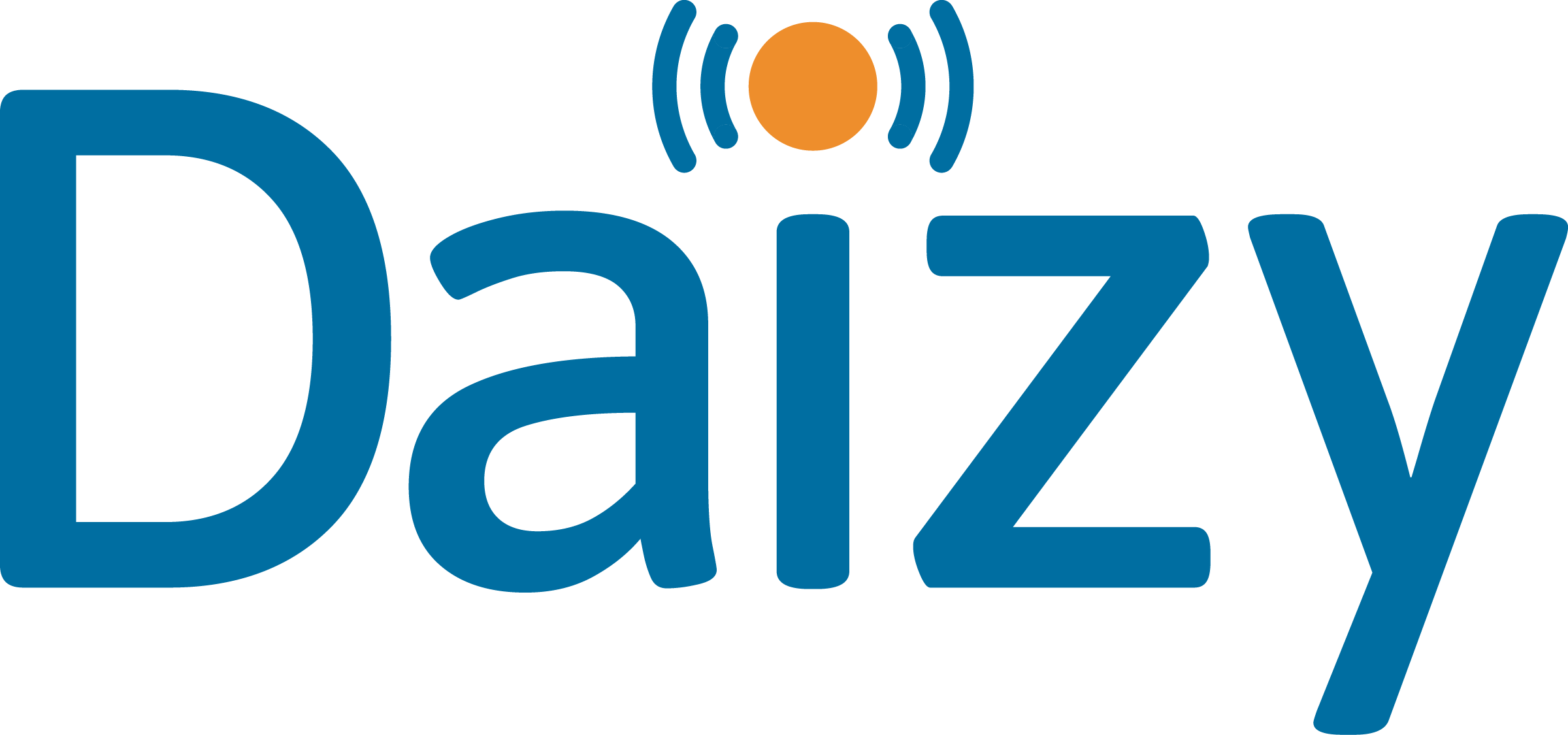In the first of our series on network technology, we look at Sigfox- an international, low-power, wide area network (LPWAN) for IoT devices.

Headquartered in France, Sigfox is one of the first ‘Telco’ offerings for LPWAN. The company operates national public networks, delivering wide coverage. This means that as a user you don’t have to worry about maintaining gateways or wide-area connectivity, with Sigfox taking care of base stations, service monitoring and callbacks to deliver data to your application.
Sigfox is a commercial network offering, with each device requiring a paid network subscription.
Coverage
In-country coverage is growing. Starting with populated areas and moving to more rural locations, often driven by specific customer deployments. Sigfox is currently present in 65 countries, via local service providers such as WND Group.
This makes Sigfox well suited to widely dispersed applications – such as asset tracking, where the IoT devices are likely to move around. An example would be DHL – who are attaching Sigfox devices to track and locate their roll cages. Also wide area rural applications where there is no nearby infrastructure for back-haul (to get data from a gateway to the cloud).
In-building coverage is reasonable due the good penetrating ability of signals around 900MHz, but as with any RF technology, this will depend upon the distance to the nearest Sigfox masts. One advantage of Sigfox over traditional cellular technology is that nearby masts can co-exist with overlapping coverage without interfering with one another. This is important to infill coverage black-spots cheaply.
Device characteristics
As a low-power technology, products will often have a battery life of 5 or more years, or can be powered by locally generated or harvested energy.
Each uplink message (from the device) can be up to 12 bytes of data. Downlink messages are limited to 8 bytes. The network is best suited to sensor applications with reasonably small amounts of data.
Customers are required to purchase subscriptions, which are priced based on the volume of messages the device sends and receives. Current pricing tiers allow the following message volumes:
| Tier | Uplink messages/day |
Downlink messages/day |
Price per year |
| Platinum | 140 | 4 | £ 5.00 |
| Gold | 100 | 2 | £ 4.00 |
| Silver | 50 | 2 | £ 2.75 |
| One | 2 | 0 | £ 1.50 |
Subscriptions are an annual commitment, with discounts for 3 year+ contracts. In addition there are up-front booking and activation fees equal to one year of service.
Device Support
Sigfox operates a device certification process with a wide range of devices now supporting the Sigfox protocol. In addition, Sigfox licenses modules for manufacturers to integrate connectivity into products.
A wide range of devices are already available, with broad manufacturer support for the technology. Sigfox modules are also available for common development platforms such as Arduino and Raspberry Pi.
Sigfox Pros and Cons
Pros:
- Well suited to widely dispersed applications, such as where mobile assets are being tracked.
- A low-power technology, suitable for long-life (5-10 years) battery operated use cases.
- Works across countries – currently in 65 countries, subject to appropriate radio-frequency support in the hardware.
- A growing ecosystem of Sigfox-enabled devices
Cons:
- Can become expensive for applications with a high number of devices concentrated at the same location (compared to other network technologies).
- In-country coverage can vary as the network continues to be built out.
- Not super-consumable – Sigfox is dependent on an IoT platform (such as our Daizy platform) to experiment, prototype and scale a solution
- Very small downlink message size – suitable for configuring device parameters, but not for updating firmware on the device.
Sigfox and Daizy
Many application developers find the Sigfox technology cumbersome to work with. The platform is built around a series of APIs which require a large amount of engineering work to integrate into a solution. A backend management UI exists, but this is a façade onto the APIs, so not particularly intuitive to use.
By integrating through the Daizy platform, solution providers can build on Sigfox without having to worry about engineering for the underlying mechanics of the technology. The platform supports Sigfox natively, and we are registered Sigfox Channel Partner. This means that you can activate Sigfox devices and add connectivity within your existing Daizy account as part of your Daizy-powered application.
To find out more please get in touch. For off-the-shelf Sigfox devices, the Sigfox Build developer programme is a good place to start.

